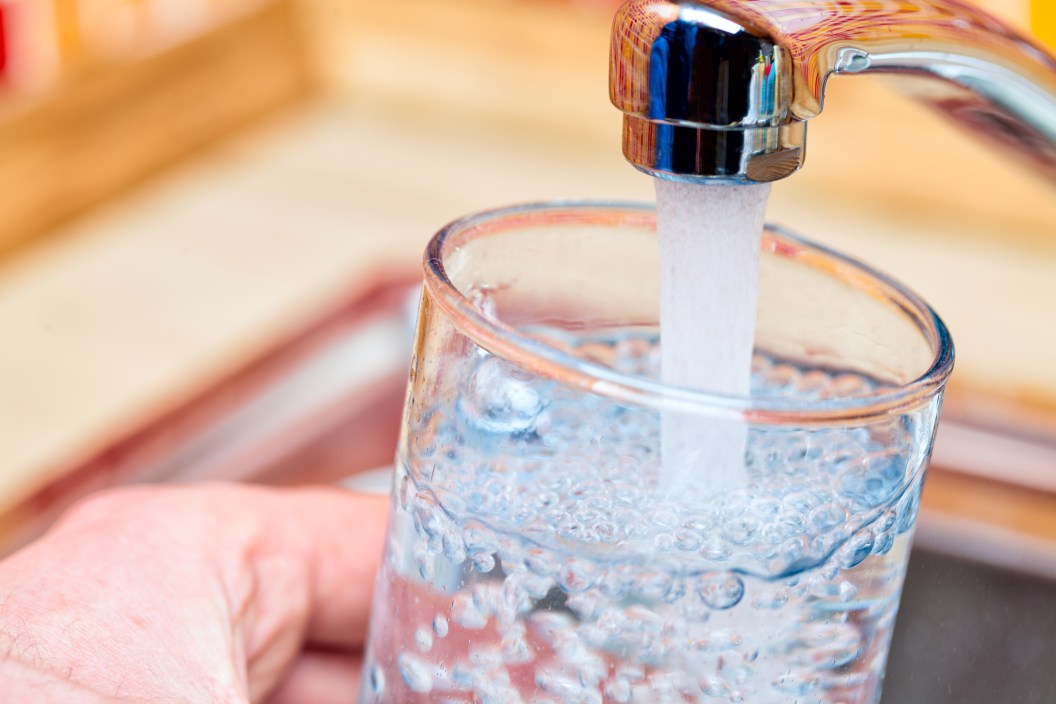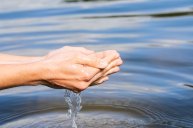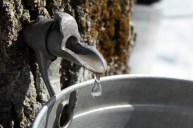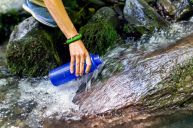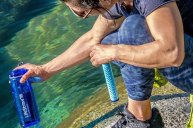If the idea of sipping down a tall, cold glass of microplastics doesn't thrill you, you might want to know of a way to get those pesky contaminants out of your drinking water. Unfortunately, microplastics have made there way into our water, both tap and bottled, according to a 2022 study published in the International Journal of Environmental Research and Public Health.
Just how much varies from water source to water source, with typically higher amounts are found in bottled water than tap. One study from Penn State found an average of 325 plastic particles in a liter of bottled water as compared to 5.5 plastic particles per liter of tap water.
For those concerned about consuming any such impurities, some advanced water filtration systems capture nanoplastics and microplastics (NMPs), but they aren't easily affordable for everyone. However, researchers from Guangzhou, China, have discovered an easy and cost-effective method to reduce NMPs in drinking water: Just boil and filter it through a coffee filter before drinking.
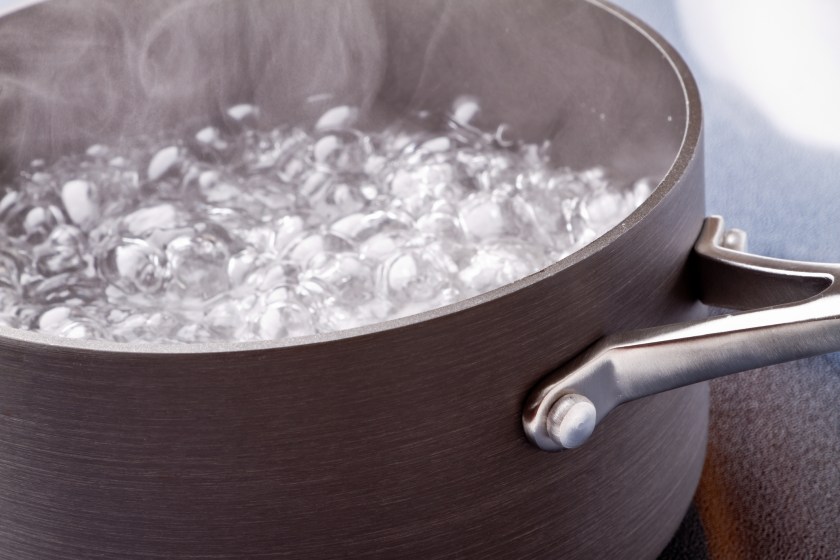
Getty, grandriver
The process of boiling tap water traps the NMPs within the minerals found naturally in the water, such as calcium carbonate. If you have ever noticed the chalky substance that forms when boiling water, you've witnessed the material that can encapsulate microplastics. That residue is commonly called limescale. Once consolidated in the water by boiling, those particles can then be filtered through a simple screen, such as a coffee filter, to capture and remove them from the water. This simple process could remove nearly 90 percent of the NMPs in the water, reports the online journal Environmental Science & Technology Letters.
To conduct their tests, the Chinese researchers deposited varying amounts of microplastics into tap water samples. Those samples were boiled for five minutes and then cooled. Researchers then measured the free-floating plastic content in the water. It was determined that the free-floating NMPs were reduced because they were trapped within the crystalline structure of the natural minerals. The scientists also discovered that this encapsulation effect worked better with hard water than soft. That is, the higher the amount of minerals in the water, the more effective the boiling and filtering process for grabbing and trapping the microplastics.
Research on the long-term effects of microplastics is ongoing. However, it's believed they contain chemicals that may interrupt hormonal function, causing imbalances and potentially increasing the risk of reproductive disorders and certain cancers. Not only that, NMPs often contain additional toxins, such as heavy metals. Studies have linked microplastics to inflammatory responses, oxidative stress, and cell damage, NBC reports.
READ MORE: Our National Parks Have a Plastic Problem
